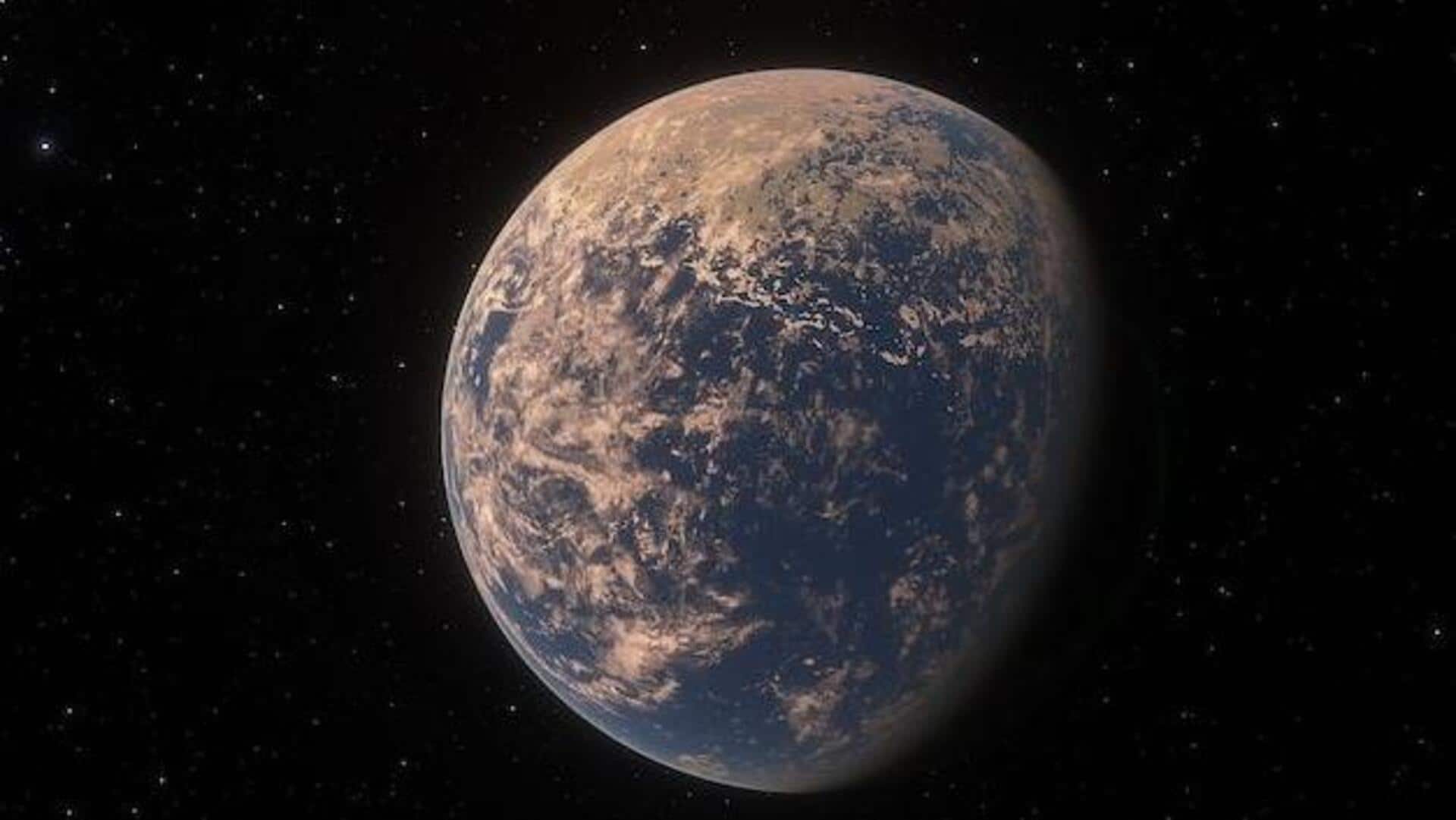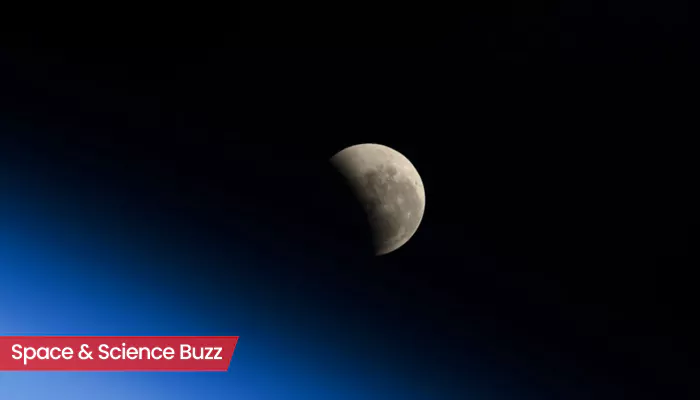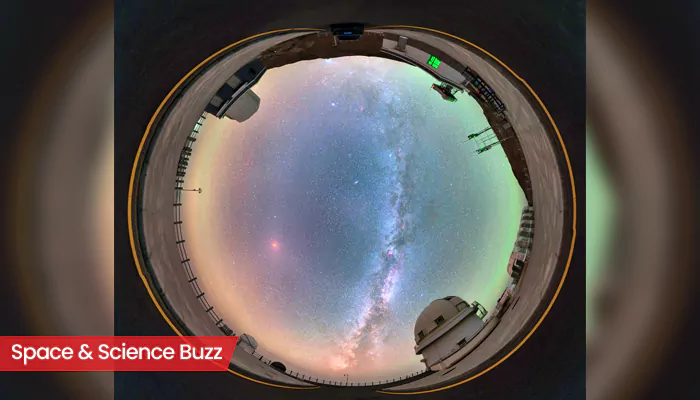Water's Cosmic Role
Water, essential for life as we know it, is a key ingredient in planet formation. Scientists have long believed that water, in the form of ice, is a fundamental
component of the disks of gas and dust that swirl around young stars. These protoplanetary disks are the cradles of planets. When these disks collapse and condense, the ice, containing water, is believed to be incorporated into forming planets, especially those further away from their stars where temperatures are low enough for water ice to persist. The presence of water ice in a protoplanetary disk influences the composition of the planets that will eventually form, as the water ice is thought to be a key source of water on terrestrial planets like Earth. Therefore, finding it absent is quite puzzling.
JWST's Unexpected Findings
Using its advanced infrared capabilities, JWST observed a planet-forming disk around a young star. Scientists expected to find a significant presence of water vapor in the inner regions of this disk, which are the areas where terrestrial planets like Earth typically form. To their surprise, JWST detected a peculiar lack of water. This absence was particularly noticeable in the warmer, inner parts of the disk. This unusual observation contradicts existing models of planet formation, which generally assume that water is a readily available component in the early stages of planet development. The data showed much less water than anticipated, signaling a fundamental gap in understanding how planetary systems evolve, especially concerning the distribution of water.
Challenging Planetary Theories
The JWST's findings present a significant challenge to prevailing theories about how planets acquire water. One key model suggests that water is delivered to terrestrial planets through the inward migration of icy materials from the outer parts of a solar system. The absence of water in the inner disk, where these icy materials would be expected to be abundant, throws this theory into question. Alternative explanations are being considered, such as the idea that the water might be trapped in the ice or is somehow getting removed or altered in some way. These new observations necessitate a reevaluation of the processes by which water, a critical element for habitable planets, becomes a part of forming planetary systems. Scientists will likely need to reassess the methods used to explain planet formation to incorporate the newly gathered data from JWST.
Future JWST Investigations
The revelation of a water-poor disk presents numerous avenues for future research using JWST. The team is planning to conduct further studies, observing other planet-forming disks to determine if this water scarcity is a common occurrence or an unusual case. They intend to examine the distribution of other molecules, such as carbon monoxide and methane, to understand how these different components interact with water ice within the disk. Further investigations will involve detailed analyses of the dust properties and temperatures throughout the disk to find out how the water might be incorporated or altered by the processes happening there. The goal is to enhance understanding of the composition of planet-forming disks and refine existing models of planet formation, offering a more comprehensive view of the origins of water in our solar system and beyond.
Implications for Exoplanets
The JWST's findings have significant implications for the search for habitable exoplanets. The discovery that water may not be as readily available as once thought in the inner regions of planet-forming disks implies that the conditions required for habitability may be more complex than initially conceived. Understanding the mechanisms by which water becomes incorporated into planets is crucial for predicting the presence of habitable environments. By studying the distribution of water and other molecules in planet-forming disks, scientists can gain insights into the potential for water to be present on exoplanets. This can guide future exoplanet searches and help in identifying systems that might be capable of supporting life. As JWST continues its exploration, scientists will gain further insights to better understand the factors that contribute to habitability on other worlds.









